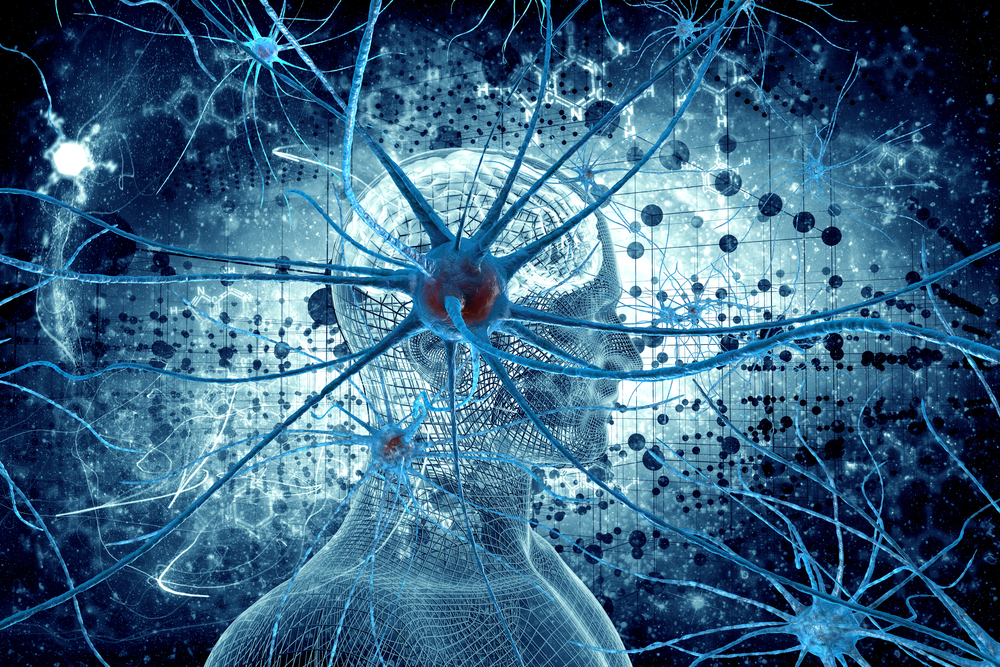Novel Technique Targets Neurons Implicated in Parkinson’s Disease

In a recent study published in the journal Molecular Neurodegeneration, a team of researchers from the Imperial College London and Newcastle University developed a new non-invasive technique that is able to improve symptoms of Parkinson’s disease (PD) in rats.
Parkinson’s disease is neurodegenerative disorder that mainly affects neurons that control body movements. Central to its development is the accumulation of insoluble protein aggregates called Lewis bodies, which are mainly composed by alpha-synuclein. These assemblies are present in about 95% of patients with Parkinson’s, and are associated with neuronal death. PD symptoms can be managed with drugs, however these can have severe side effects and usually become ineffective after five years of treatment. The current available therapy for PD patients is deep brain stimulation (DBS) a surgical method where an electrical current stimulates brain nerve cells. Nonetheless, this technique is invasive and has provided mixed results with some patients observing improvements while others experience no alterations or even a deterioration of their symptoms. Scientists think this may be due to therapy imprecision as DBS stimulates all types of brain nerve cells without a specific target.
In this novel study scientists investigated the feasibility of a more precise an less invasive method developed specifically to target and stimulate cholinergic neurons, nerve cells found in the pedunculopontine nucleus (PPN) of the brain. “If you were to peer inside the PPN, it is like a jungle with a massive variety of nerve cells that behave differently and have different jobs to do,” said Dr. Ilse Pienaar, Honorary Lecturer in Neuroscience at Imperial College London
Researchers believe that cholinergic neurons are implicated in PD since in post mortem studies of patient’s brain tissue a significant amount of these cells are found dead, so far, for unknown reasons. The team worked with mouse models of PD and used a harmless virus to deliver a genetic modification to cholinergic neurons. The rats were then given a drug that was designed to activate the ‘switch’ and stimulate the target neurons. After treatment almost all animals had recovered and were able to move.
Dr. Pienaar stated, “This study confirms that cholinergic neurons are key to the gait problems and postural instability experienced by advanced Parkinson’s disease patients. It also suggests that it’s possible to target those cells that remain to compensate for those that are no longer functioning effectively, possibly due to weak communication between nerve cells. If we can transfer this technique into people, we believe this could help patients regain mobility. At the moment, neurosurgeons are attempting to target specific areas with deep brain stimulation, but it is a blunt tool with correspondingly mixed results. We think we have found a way to target only the cholinergic neurons within an area such as the PPN.”
Dr. Joanna Elson at the Institute of Genetic Medicine at Newcastle University added, “The structure we studied is complex, very complex. Despite this complexity and the intricacy of the techniques and the brain region analysed, the results are exciting because of the potential to advance patient treatment. This paper will help us understand how deep-brain stimulation works, but more importantly it is a step towards offering less invasive treatment options to patients with Parkinson’s and other neurodegenerative disorders.”
The team thinks this method could be available to patients within the next five to ten years. “Parkinson’s disease patients experience a complex set of symptoms and we hope to use the same method to understand how different cells within the brain contribute to the disease”, said Dr. Pienaar.






